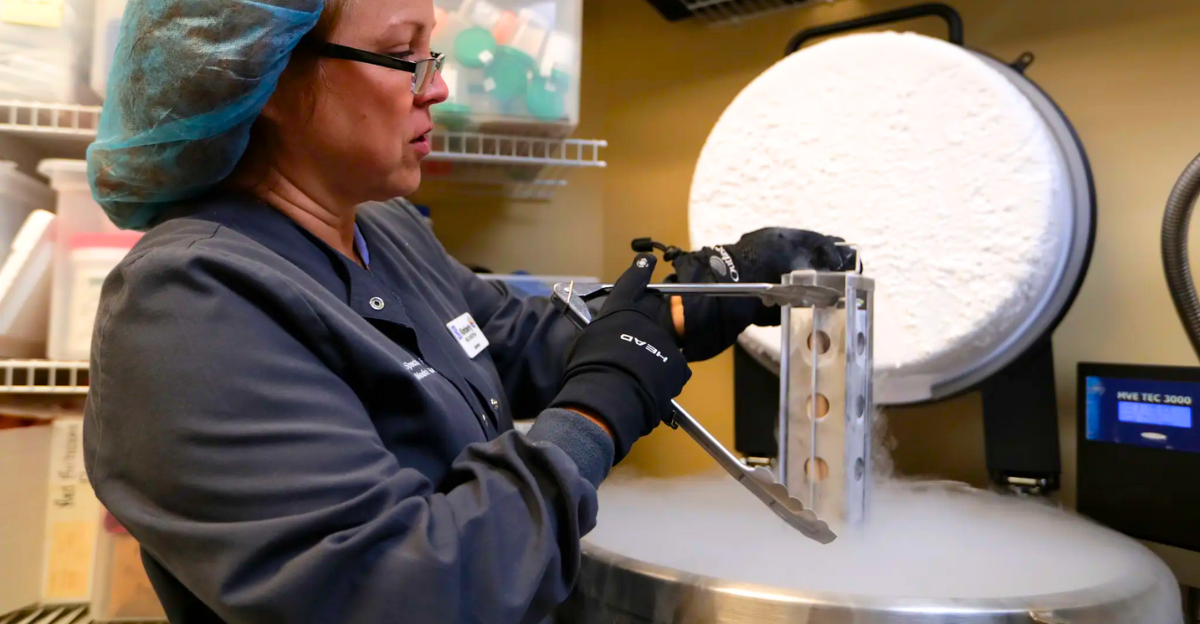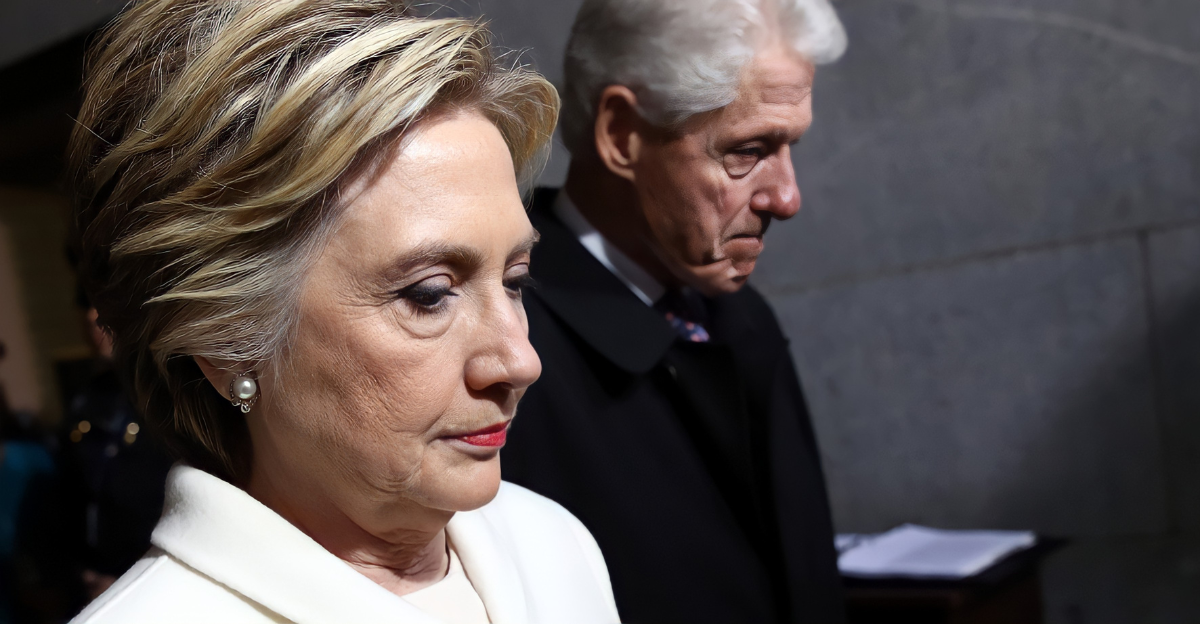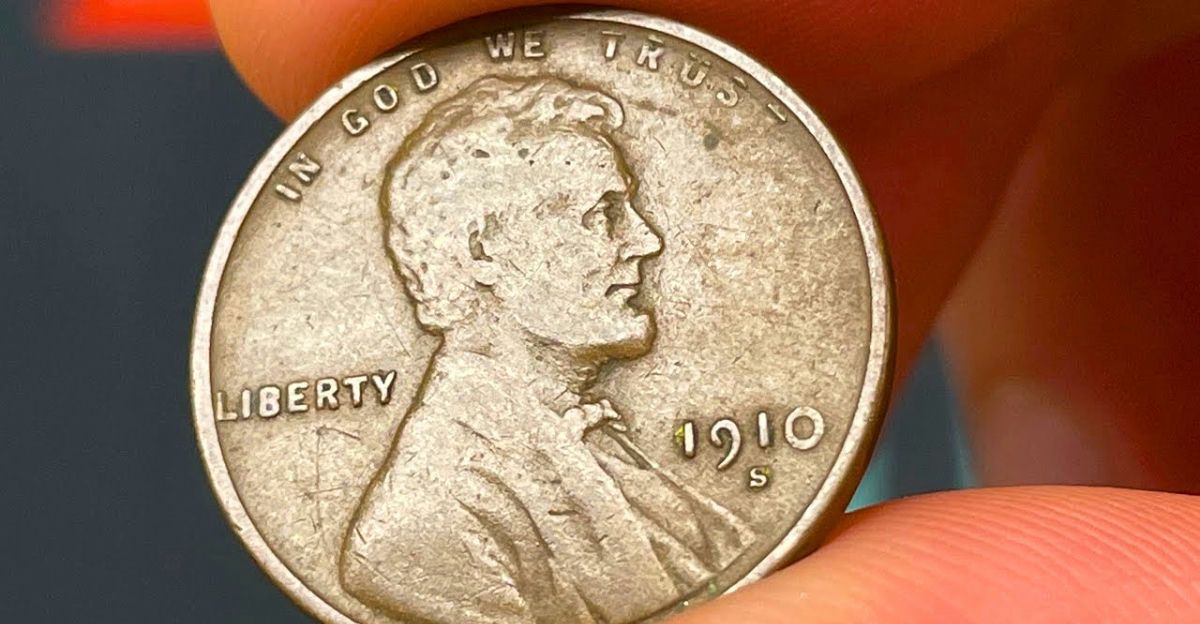
Imagine coming across a penny and not knowing that it could make you a millionaire! It’s an incredible lucky penny, indeed! It might be a very rare and valuable penny, or it might just be an ordinary penny. In this article, we will explore which ones to look out for, which pennies could actually be worth far more than you could ever imagine.
Collecting coins could be a rewarding hobby, with some pennies worth as much as famous artworks. What makes a penny valuable, you may ask? Well, it comes from a variety of trademarks such as limited editions, historical contexts, possible errors that occurred in the minting process, or some mystery about it. Some might be valuable because there is only a handful in existence, while others are valuable because they were not even meant to exist. Let’s take a closer look at some priceless pennies…
1943 Lincoln Bronze Wheat Penny
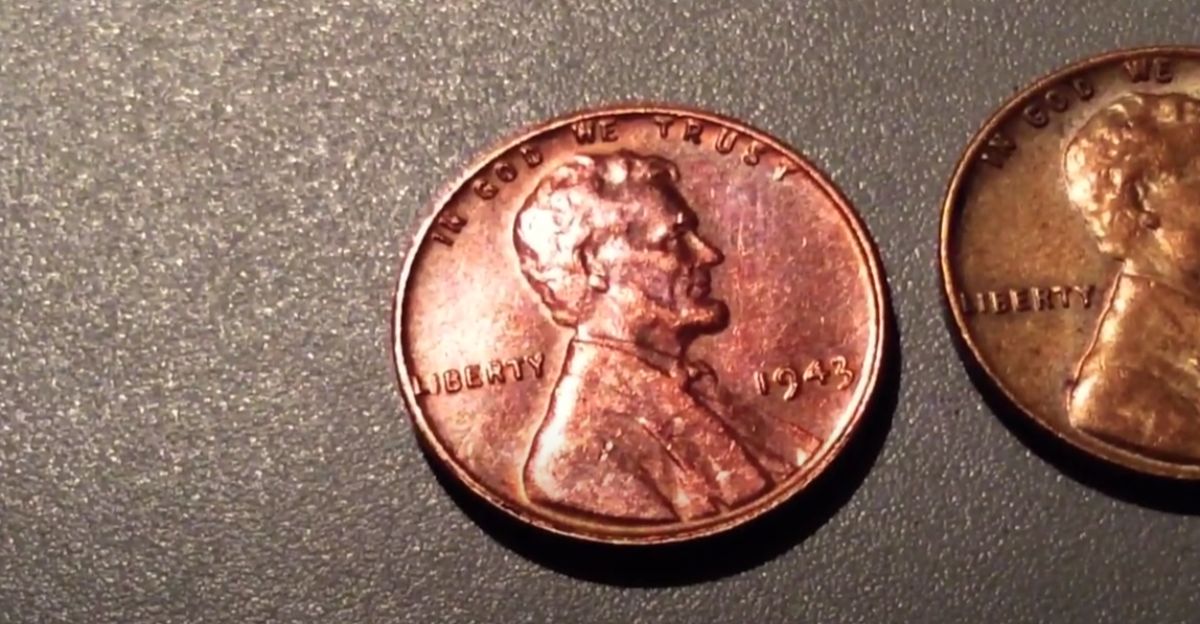
The rarest of them all, this penny is known as ‘the accidental millionaire’ as only one is known to exist now. During World War II, the military needed more copper, so the answer was to replace the copper coins were made of with steel.
Errors occurred were a handful of copper plates were still used and the 1943 Lincoln Bronze Wheat penny was made. Estimated to be worth between $1,7 million – $2,3 million depending on were it goes up for sale. This penny serves as a beautiful reminder to us that even mistakes can lead to a wonderful outcome.
1944-S Lincoln Steel Cent
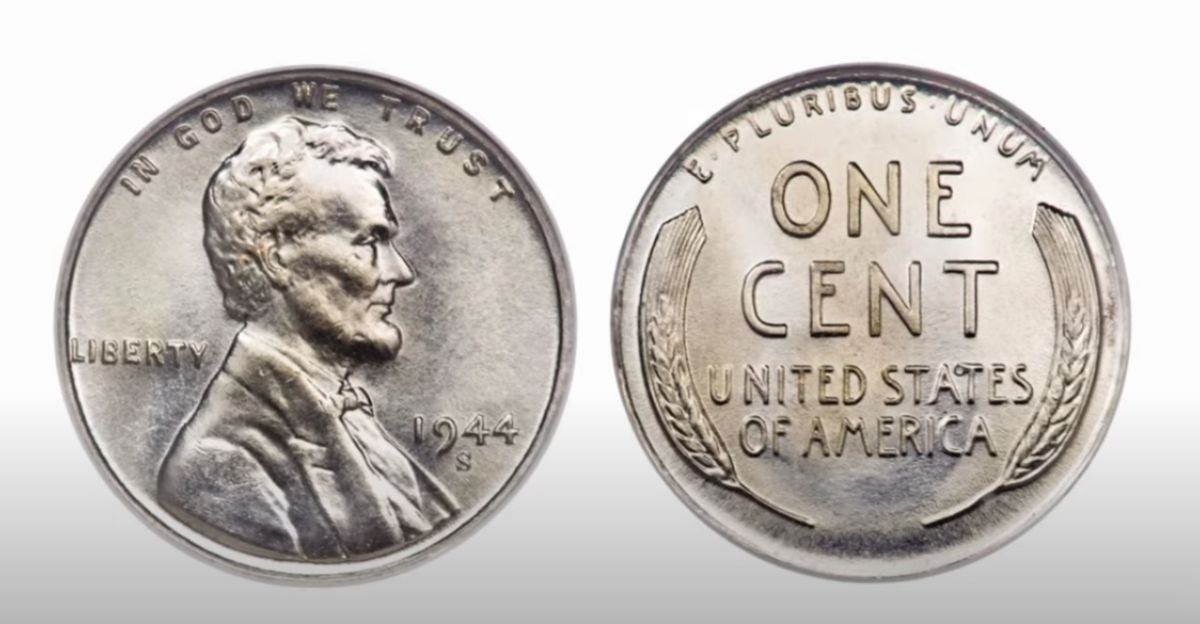
Another coin that was made by mistake. In 1944, the process of making coins changed once more as it was decided to use copper once more, and the 1944-S Lincoln Steel Cent was made when, by accident, a handful of steel planchets were used that were still in circulation.
At a 2008 auction, this penny sold for $ 373,750, not as valuable as the 1943 Lincoln Bronze Wheat Penny, but still worth a lot. It is clear that when you are searching for such valuable accidents, focus on the periods in history where the material in the coin-making process changed, as it is here that mistakes often happened, resulting in rare and unique finds.
1909-S VDB Lincoln Cent
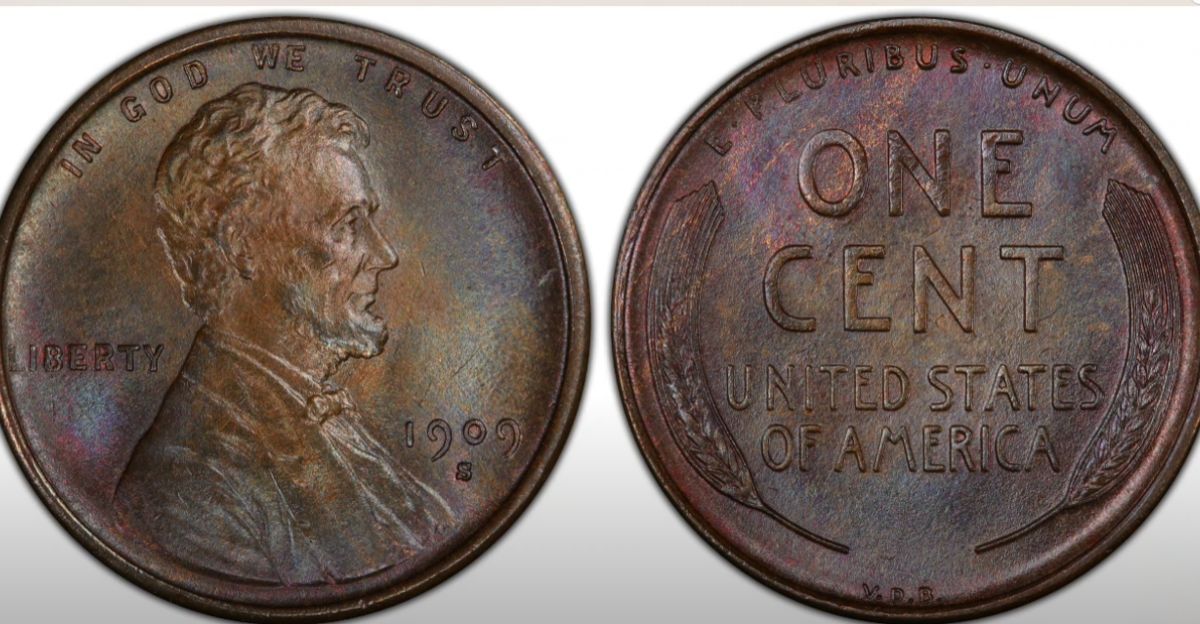
This cent is not only rare, but there is a fascinating controversy surrounding it. The initials of the original designer, VDB, on the back of it were a controversial addition to the process of making this cent. Eventually, this addition of the initials was removed after the public complained, but not before around 484,000 were made.
If you were to have one of these and it is still in good condistion it could be sold for as much as $150 000. What makes this spesific cent so interesting is that it goes to show the sway that public opion can have over the importance and value of something. Coins at the scentre of public controversy or which have unique design details such as the initials could be valuable.
1955 Double Die Observe
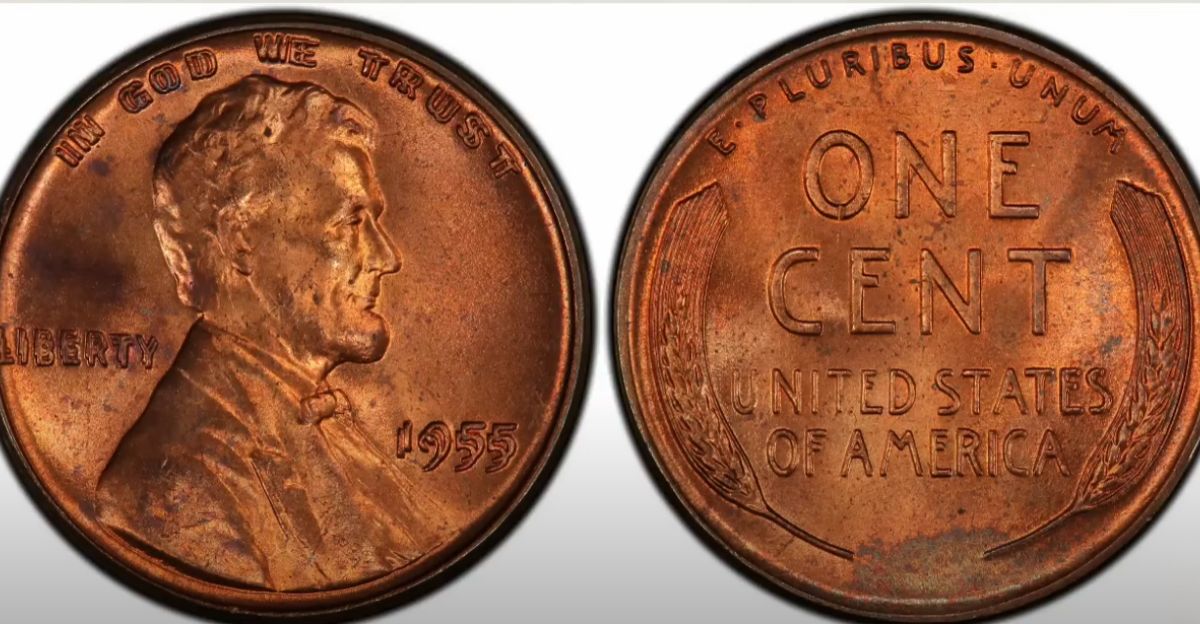
More popular but seems to be a quite dramatic error in history as it had double lettering embossed on it. Between 20,000 and 24,000 were made and are seen to be collectors’ items. If you come across one of these double die observe coins, you should know that it has the potential of selling for more than $ 40,000 if this anomaly is in mint condition.
The coin came into existance as a result of when one of the obverse dies were not aligned proportionately during the process at the Philidelphia Mint. Although it is not as rare as the previously listed coins they are still seen as a very good collectors item to look out for.
1943 Copper Penny
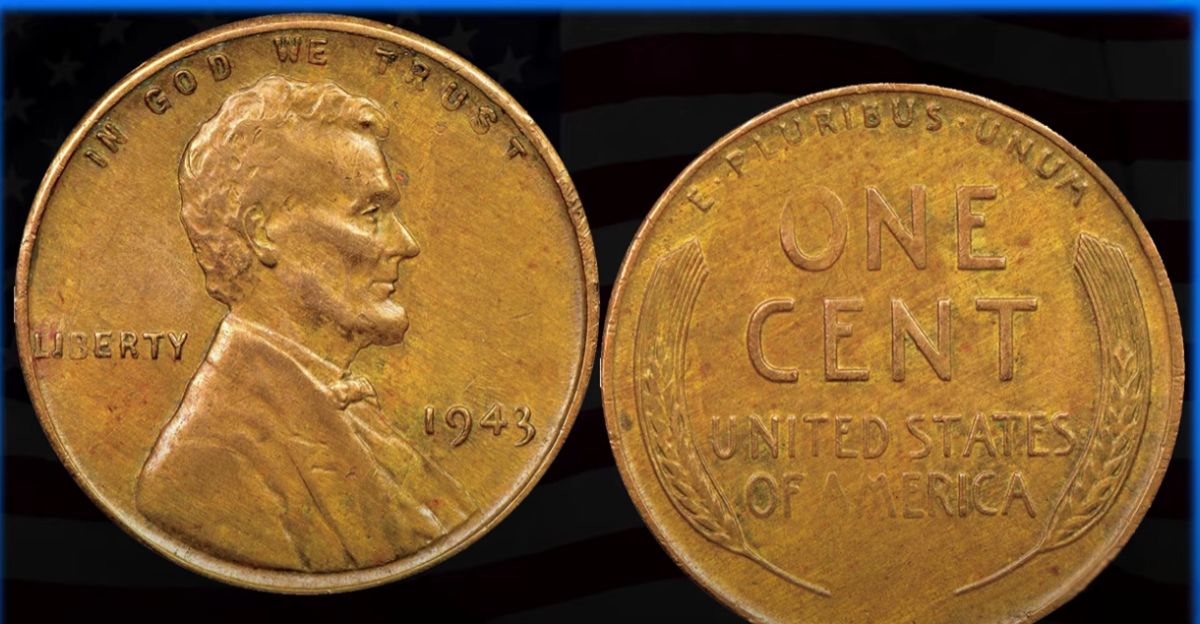
There are many urban legends that surround this collector’s item as it is essentially a wartime rarity. From looking at previous coins made in these years, we know that during 1943, the coins were supposed to be made of steel, but this penny resulted from another mistake of accidentally using copper once again.
It is so very rare that fewer than 20 are known to be in rotation. One of these 20 has actually been sold at an estimated price of $1,7 million. If you think that you have a rare and unique coin like this, always verify its authenticity through professionals. Many have hoped that they would have one, but mostly, it turned out that it was not this rare coin, which is why the urban legends surrounding this coin started.
1856 Flying Eagle Cent
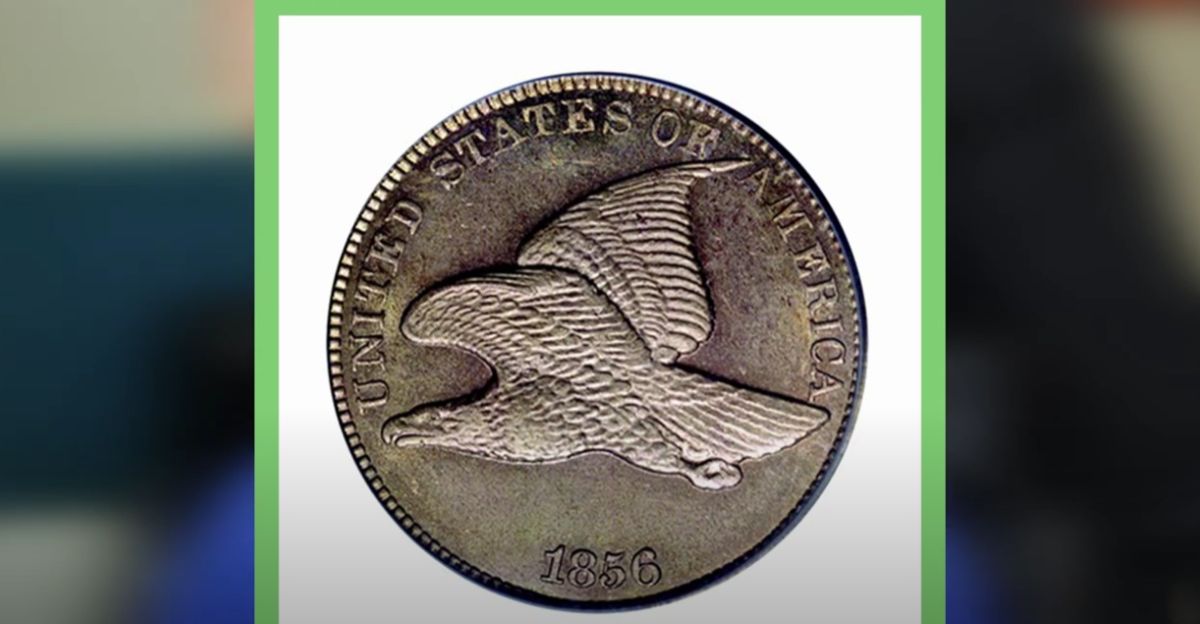
This is a legend of a pattern desplayed on a cent. Can you believe that it was first only printed as a tester for the design and yeat almost 2 000 were made. It was not at first meant to ever be in curculation but only made as an example for Congress to show that a reduce in size and material along with an historical design would make for a more favorable coin.
Why is this coin so historical? Well it is seen as a stating point that inspired a new generation of smaller coins being made and official production of a smaller cent was approved and productio started in 1857/1858. The 1856 first version can sell for as high as $ 172,500 at auction.
1922 No D Lincoln heat Cent
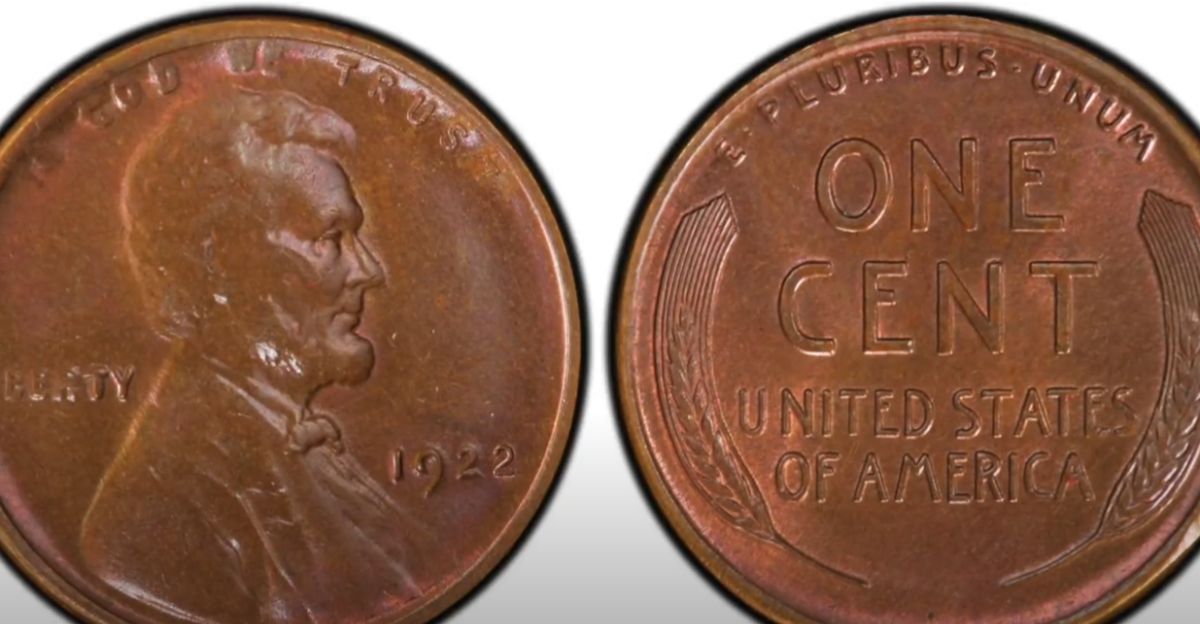
During this time in history only the Denvar Mint produced the penny. Many pennies had a visible ‘D’ printed on them but a istake was made and a few were missing this trademark. Making another unique penny out of error which collectors look out for as they can sell for over $30 000 if in mint condition.
The detail of the missing ‘D’ could easily be overlooked, but to the collectors eye this mistake sets this oenny part from the rest. Thus, if you are intrested in becoming a collector you should definitely look closer and try to find errors or unique marks to increase the rpice of your collectors item such as in this example.
1959 – D Mule Penny
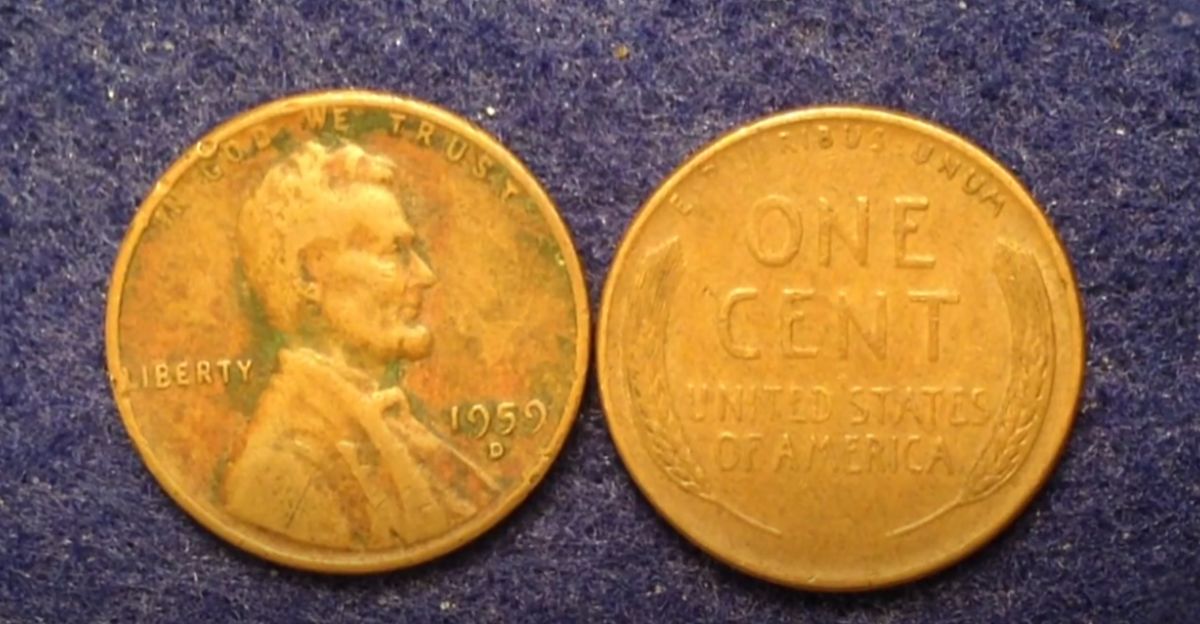
Known as the ‘Frankenstein Coin’ is another example of an error where the backside of a Lincoln Memorial penny was paired with athe front of a common wheat penny. So rare that only one is known to exist and could be sold for even more than $50 000.
A ‘mule’ is produced when mismatched dies and different fronts and backs are paired together. Breaking the rules of a common coin and making it a rarity. In effect, this could be seen as an ‘impossible pairing’ and collectors should be on the lookout for mistakes made like this.
There are many other rare coins to look at as well, such as the 1974 aluminum penny, which resulted from experimental runs for aluminum being used for coins rather than copper, as copper prices were on the rise. This project was rejected as an idea and the penny became rare as most examples were distroyed. Other examples of rarities include the 1877 Indian Head penny.
Whether a coin is a test run print, a happy accident of the wrong materials being used, or has a unique design, if you find a penny, pick it up! It might be the one, the mule, or the rarity. You never know; your luck might change with just a single coin.




